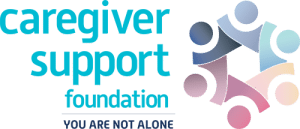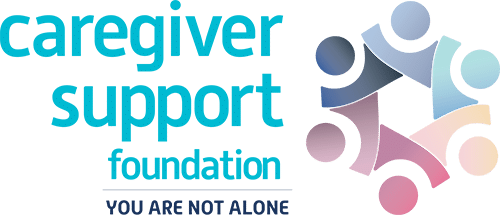At a recent community forum sponsored by Caregiver Support Foundation, Region 10, and Alzheimer’s Association, there were comments and questions. The most common topic was the challenges family caregivers have talking to doctors about their loved one and their own burden.
Working together creates the best outcomes for all. But it’s not easy. A physician’s dedication to helping people is challenged by diseases for which there is little help to offer. The disruption of the caregiver’s life, which could last for a decade, pose some of the largest financial and psychological burdens most people ever experience. Further, patients are hard to read in a short visit; patients often cover up and don’t respond openly. Family members spend much more time with each other than a physician can.
To be sure, many physicians are also uncomfortable talking to families about dementia and other terminal neurological disease. In an early episode of Mash, “a friend of Hawkeye’s shows up among the wounded, and he dies on the operating table. That’s the moment where McLean Stevenson [as Lt. Col. Henry Blake] says:
“There are certain rules about a war. And rule No. 1 is young men die. And rule No. 2 is, doctors can’t change rule No. 1.”
To start a discussion, we’ve created three short videos on our website about the Therapeutic Triangle of patient, family caregiver and doctor. Therapeutic Triangle is a term used by social workers in therapy with struggling couples. It seems useful to use the triangle for an office visit that includes a dementia patient, the family caregiver, and the physician.
One video offers tips for families, and another offers tips for physicians. You can see the videos, called The Therapeutic Triangle, on our Video Library page. We hope you will respond by giving us your own challenges and tips for helping these families.
Visit us at Fall Clinics. We will share a table with our partners, the Alzheimer’s Association and Region 10 of the Area Agency on Aging.



